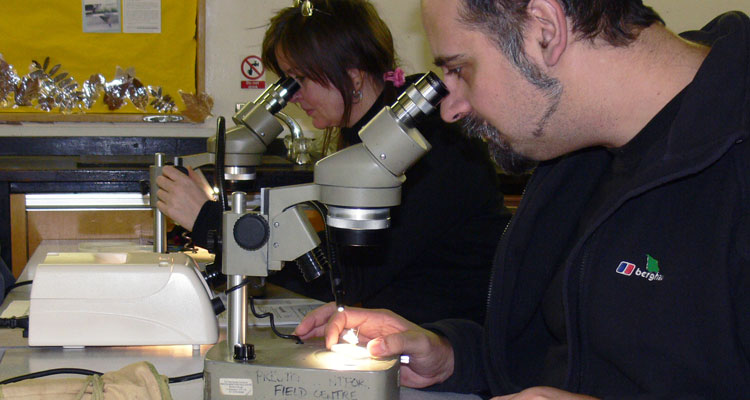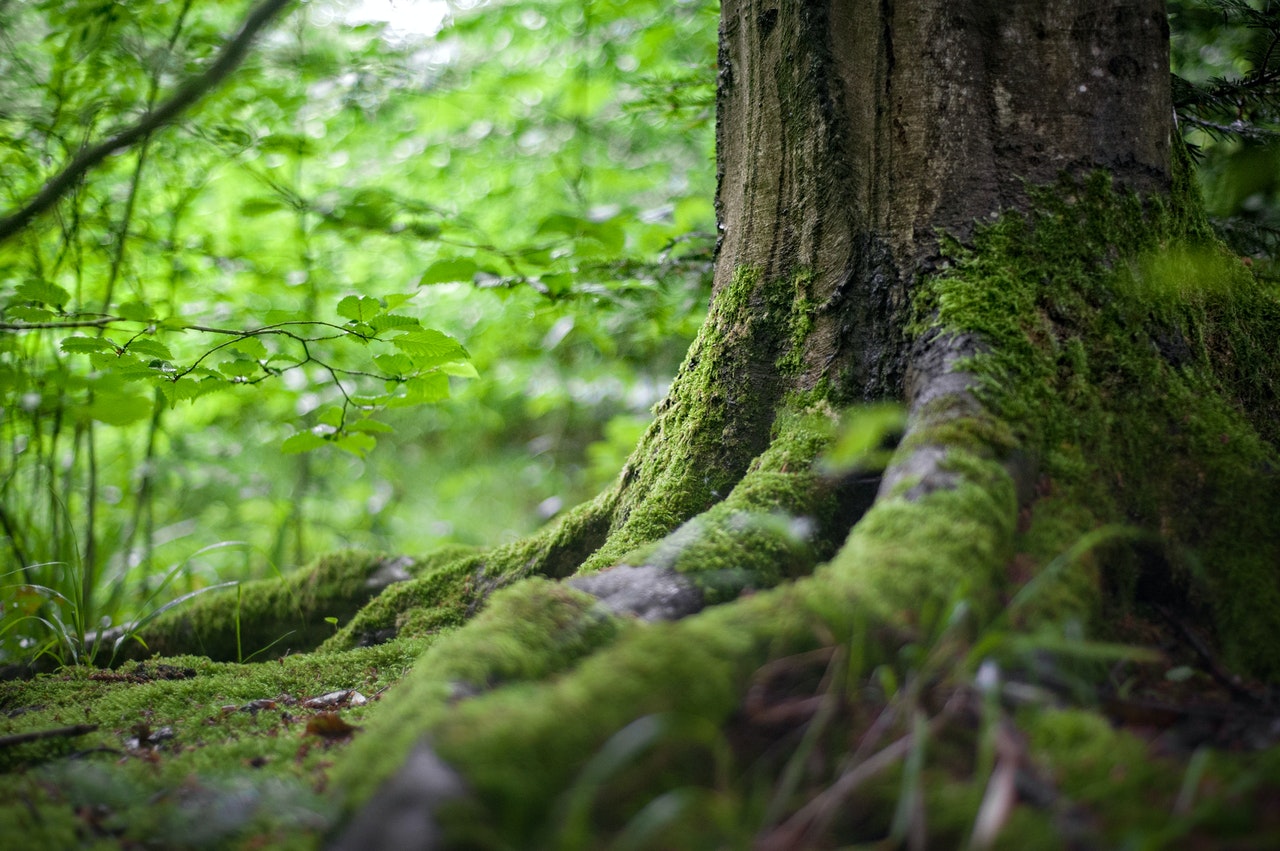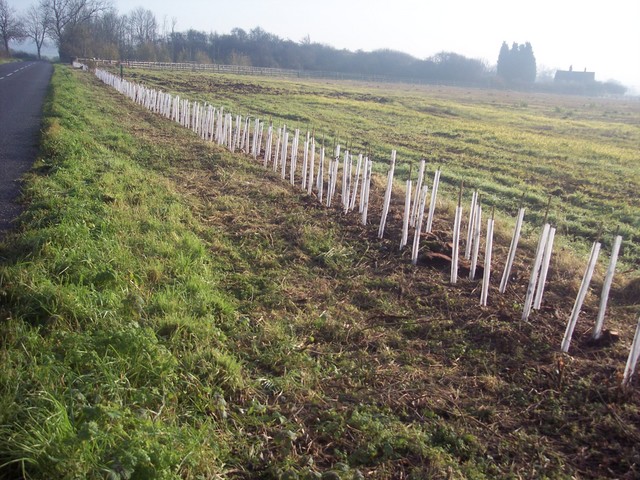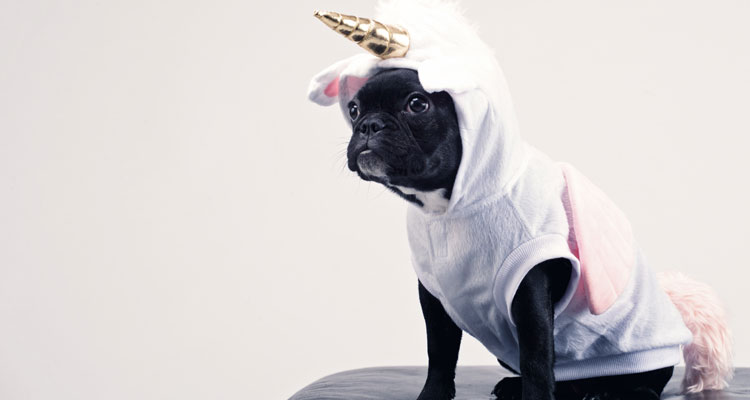If you plant it, they will come
- Turning the Wight’s blue rinse tide into a sea of red - 20th August, 2024
- Are you emergency ready? - 20th June, 2024
- Will YOUR face fit in the digital future? - 17th June, 2024
We can all pinpoint a moment when our lives would never be the same again. Perhaps the birth of a child, meeting an idol, or the first time you ate an olive and liked it.
For me, looking at a bluebottle fly under a microscope was a transformative occasion. Back in 2008, my entomologist boyfriend and I went on a course to learn how to identify diptera. I had an amateur interest in hoverflies and his primary invertebrate passion is spiders so, being the nerds that we are, we thought it would be a fun and educational holiday.
For too long flies, and basically any insect that isn’t a bee, have been seen as a nuisance for lots of people – particularly horticulturalists and farmers. Wasps and ants, admittedly the bane of many a picnic, are summarily destroyed along with beetles, flies and other arthropods. It’s true that folks like butterflies – and often moths – but not hungry caterpillars and moth larvae which are, of course, Lepidoptera in a sort of voracious sausage form.
But invertebrates are an essential part of life on earth. As we head towards a shocking extinction event which has already seen eighty percent of biomass of insects disappear over the last twenty-five to thirty years, we need to encourage and nurture – nay love – these minibeasts. Humans cannot survive without them.
On the fly identification course, lecturer Roger Morris described the different stages of a fly’s life; from its humble beginnings as an egg, before hatching into a greedy maggot, followed by time in its self-constructed puparium which, Roger enthused, “is where the magic happens”. Inside its hard case, the maggot degenerates into a sort of soup and jiggles about to metamorphosise into a fly. It’s quite mind-blowing. These tiny creatures have distinct phases, one pretty much just a chomping mouth, til it becomes unrecognisable from earlier forms to emerge as an aerobatic marvel. I peered open-mouthed through a lens at my specimen’s stabilising halteres; club-shaped organs which were used like gyroscopes to help steer the fly sharply through the sky as it buzzed about looking for plants to pollinate, poo to eat and dead things to tidy up.
For decades we’ve had giant pandas shoved down our throats as a symbol of endangered wildlife, yet minibeasts have been left to fight their own battles against pollution, overdevelopment, human indifference and pesticides (yes, you with the slug pellets, I’m talking to you – this finger isn’t just pointed at agricultural poisoners).
The Isle of Wight used to be known as the Garden Isle, but can it still lay claim to that title? Your neighbour, who replaced their boundary hedge with a sterile fence, is responsible for the destruction of habitat. That forlorn lawn with nothing but a broken trampoline could, with a bit of effort, be a wildlife haven. I, for one, am going to refresh my dusty window boxes with insect-friendly flowers. Let’s all do a tiny bit for our littlest allies – surely it can’t be too late?
This article first appeared in print in the Isle of Wight County Press on 8 March 2019, and also online.




